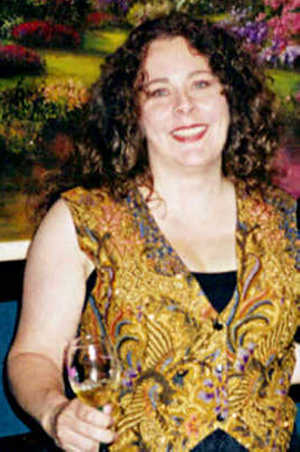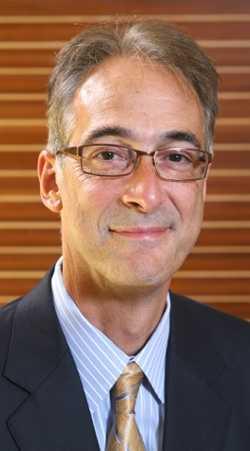- Todd Metcalf
- Posted On
Metcalf: Help and support for caregivers
Sometimes it happens suddenly or seemingly overnight. We are all going about our business and then we get sick or have an accident.
Our health and independence – what we once took for granted – can be taken away from us in a heart beat. Illness and/or aging seem to sneak up on most of us when we are busy living life. It doesn’t make it any easier when we see it coming, such as when we or a loved is diagnosed with a serious health condition that doesn’t have a cure.
November is National Family Caregiver Month and this year’s theme is “Family Caregivers – Now More Than Ever!”
Each year, more and more Americans are caring for a loved one with a disability, chronic condition, or the frailties of old age.
There are as many as 90 million family care providers in the United States today, and it’s not just the elderly who need caregiving – the number of parents caring for children with special needs is increasing, too, due to the rise in cases of many childhood conditions.
We are all members of an aging society. Whether an older person becomes confused or physically frail, or an otherwise healthy disabled person begins to face health issues that are associated with aging, there is a common theme: How do I keep doing what I want to do and how I want to do it, for as long as I am able?
Those needing assistance need to be part of the decision-making process. When this isn’t completely possible, it is critical that family members and friends take the time to understand and discuss a person’s expectations for care and support so their choices and wishes can be respected and honored.
This conversation also serves to help determine what is needed in a care provider, and helps care providers know what is to be expected.
Know community resources
The Area Agency on Aging of Lake and Mendocino counties provides guidance and support for older adults and care providers striving to maintain healthy and independent lives in Lake and Mendocino Counties.
Its Information and Assistance Program helps seniors and care providers locate the best resources for their unique situations.
Be a knowledgeable care provider – attend a care provider training
The In-Home Supportive Services Public Authority offers care provider training courses throughout the year in Lake County for those caring for In-Home Supportive Services recipients.
The feedback on these classes is always positive. Folks walk away from the training with increased confidence as well as relief, knowing that they will be of better service to the person who needs their help.
Use the registry to find help
A list of available care providers can be mailed, emailed or faxed upon request to In-Home Supportive Services recipients.
Screen your care providers
Although care providers on the registry have been screened and have completed required training, it is important to do a thorough interview.
Asking the following questions can help select the right care provider:
- What experience do you have as a care provider?
- Do you have any specialized training?
- Do you have any physical limitations?
- Would you be willing to take me to appointments? If he/she is going to be providing transportation, ask to see his/her driver license and auto insurance.
- Would you cook according to my needs?
- Do you have any problems with the days or hours that I need you?
- If you don’t smoke, do you mind being around someone who smokes?
- Do you use drugs or alcohol?
If you have special needs, ask the applicant how they would handle your specific needs.
If you have animals, ask if they have any allergies to them.
Ask if they have gone through the provider enrollment process, including being fingerprinted.
Give them a chance to ask you questions about the job and the services that you need.
Pace yourself – family caregiver support program
Family care providers need a break now and then as well as those receiving care from family care providers.
The Family Caregiver Support Program offers respite grants to unpaid care providers to allow them to get a break from their regular caregiving responsibilities.
So remember to acknowledge and celebrate someone you know who is caring for a loved one to reinforce this year’s theme: “Family Caregivers, Now More Than Ever!”
For information about In-Home Supportive Services and the Public Authority Registry, please call 707-995-4680.
For information about the Area Agency on Aging’s Information & Assistance and Family Caregiver Support Programs, call 707-262-4517.
Todd Metcalf is the Adult Services Program manager at Department of Social Services serving Lake County, Calif.










